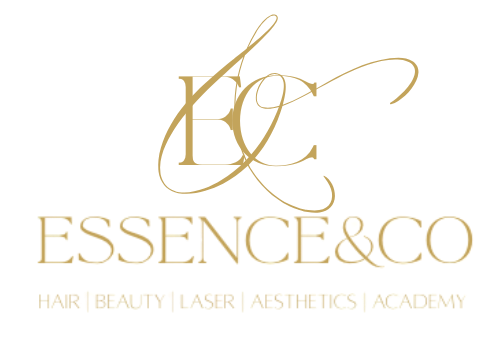Blemish Removal
Advanced Electrolysis has been used to treat various skin conditions and to conduct effective hair removal for more than 100 years. But you can rest assured that the technology has come a long way during that time! As a STEREX® Registered and affiliated clinic, we employ skilled Electrologists who hold the latest qualifications in advanced training, consultation and health and safety.
We always do our utmost to keep you comfortable and informed during your time with us. In some instances, it might be that you will require a course of treatments in order to achieve your desired results.
We can treat the following skin concerns:
Blood Spots
Xanthelasma
Sun and age spots
Syringomas
Warts
Sebaceous Cysts
Verrucas
Sebaceous Hyperplasia
Seborrhoeic Keratosis
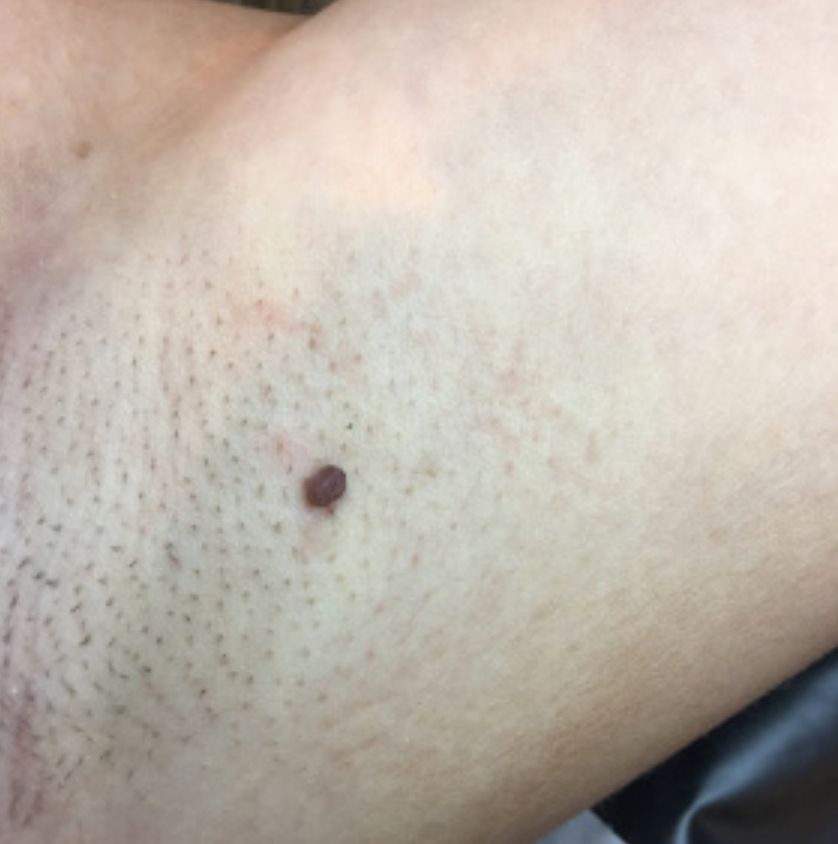
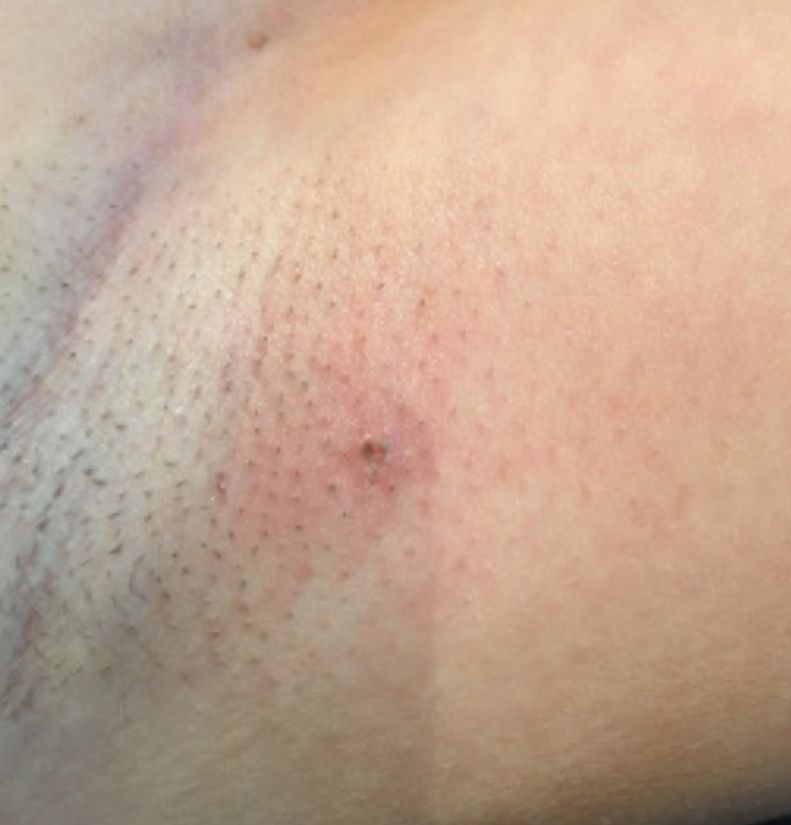
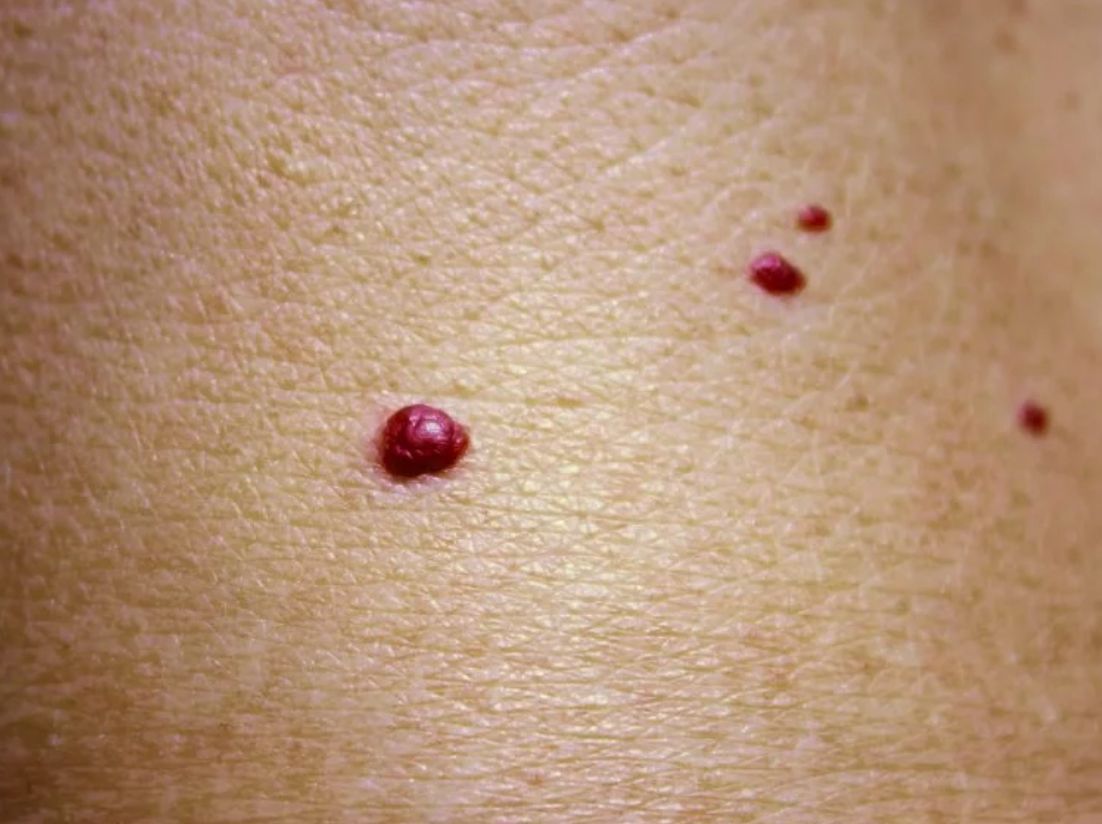
Bloods Spots & Removal Treatments
Bloods Spots & Removal Treatments
Blood Spots are caused by small veins lying just beneath the outer layer of the skin. Despite being a common condition, they are sometimes known by some fairly uncommon names – you may have heard them called Cherry Angiomas or Campbell de Morgans.
The bright red colour – as you might expect from the name – is the strongest identifying feature of a Blood Spot. Taking the form of dome-shaped blemishes, they can be anything from 2mm across to the size of a thumbnail.
Although Blood Spots can occur all over the body, including the face, you’ll most commonly encounter them around the middle of the body. They can affect both back and chest areas, becoming raised from the surface once they reach a larger size.
How Advanced Electrolysis Clinic uses Thermolysis to remove Blood Spots
Our experienced Practitioners understand how to use Electrolysis and Thermolysis for the effective removal of blood spots. It’s a straightforward process and offers consistently good results.
Before your treatment begins
You’ll meet your Electrologist ahead of your treatment, so the affected area can be carefully sterilised. It’s important that you aren’t experiencing any irritation before Blood Spot Removal Treatment commences.
The treatment starts by gently applying a slender needle to the surface of the affected area to introduce a low current. This acts to cauterise the Blood Spot, which is easily removed simply through the application of heat.
The treatment itself will take no more than half an hour from start to finish, or maybe less if the area to be treated is quite small. You may experience some slight discomfort, often described as a slight ‘stinging’ by our clients. A single treatment is normally enough to remove an individual Blood Spot.
How Thermolysis works to eliminate Blood Spots
The blood residing in the veins beneath the skin’s surface is reabsorbed into the body, causing the red appearance to vanish. You’ll notice a feeling or warmth around the treated area, but this will gradually fade away a short time later. Your skin will be left feeling smooth and without blemishes.
After your treatment has finished
It’s quite possible that you’ll notice a little swelling immediately after Blood Spot Removal Treatment. The area we’ve treated may also appear redder than usual. All of this is normal and will go away within a day or two. During this time some scabs may form, but they will come away of their own accord, by which time the Blood Spot will have been reabsorbed. Bear in mind that it may take a few weeks for the treated area to return to the same colouring as the surrounding skin.
*Disclaimer: All treatments are based on suitability, medical questionnaire and consent. We cannot guarantee the results of treatments. These will differ on an individual basis, with likely effectiveness to be discussed during initial consultation. Permanence of results is not guaranteed.
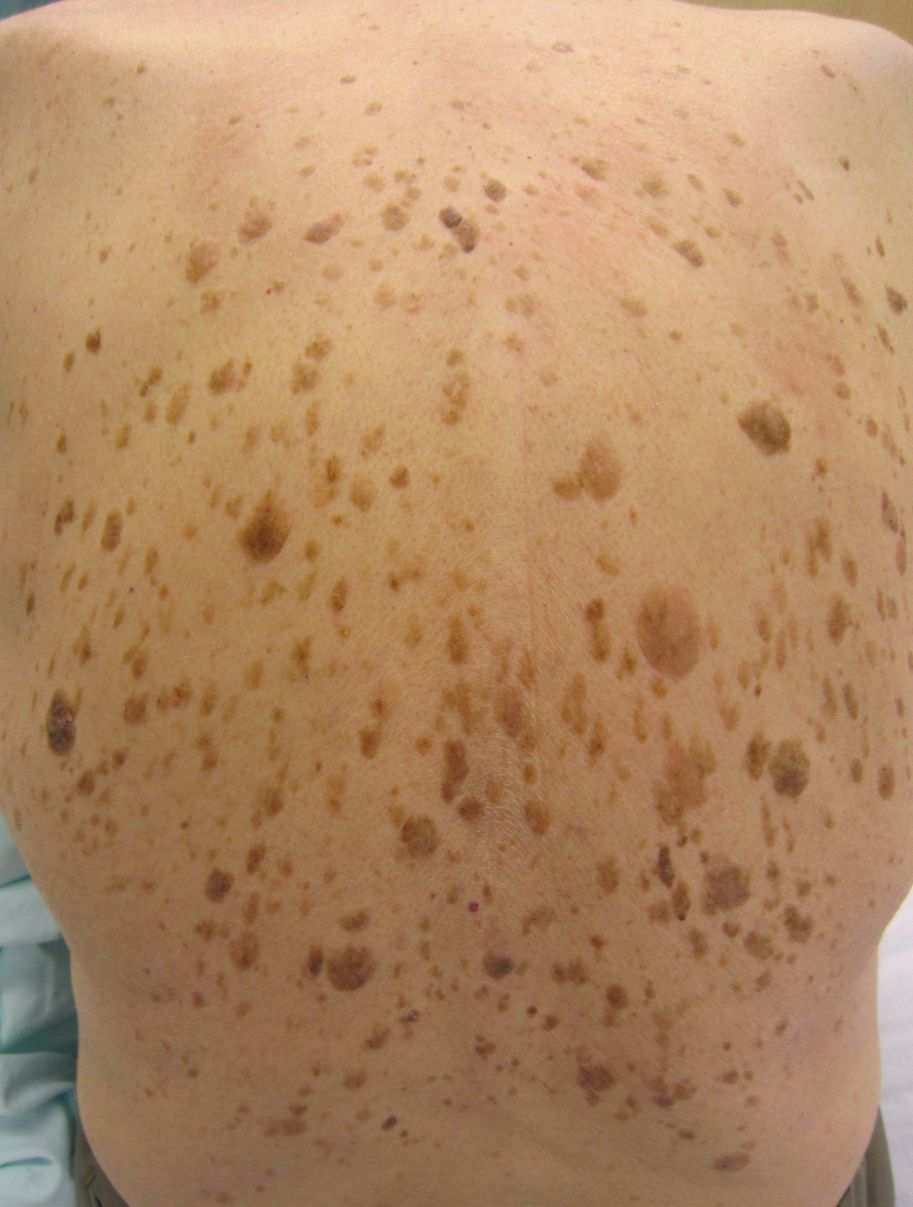
Warts and Seborrhoeic Keratosis
Removing Warts with Advanced Electrolysis
What actually causes warts?
Everyone knows what a wart looks like… most of us have had at least one! But it’s harder to come up with a definition. In fact, warts are small growths caused by a virus (Human Papilloma).
Different types of warts we regularly treat here in our clinic
Some frequently-seen types of wart which we can treat include Common Warts, Plane Warts and the very familiar verruca (yes, these are a type of wart too). In general, warts can be spread by touch.
Seborrhoeic Keratosis is a less well-known type of wart which is the exception to the rule – it isn’t contagious. This type of wart is normally associated with ageing, although it can also be caused by genetics or too much exposure to the sun over a long period. Seborrhoeic Keratosis has a dry texture, is heavily pigmented and appears as though is has been ‘stuck on’ to the skin.
Common Warts tend to stand out from the skin. We normally see patients who have them on their hands although it’s not usual to encounter them in other areas too. They are firm to the touch, tend to be itchy, and can easily spread from one person to another.
Plane Warts are caused by a virus and are always contagious. They stay flat to the skin, but can still cause distress and embarrassment as they are particularly likely to occur in highly-visible areas such as the back of wrists and hands or even on the face. They feel rough to the touch and can appear on their own or as part of a cluster.
Verrucas, or Plantar Warts can be particularly persistent – as many of us will remember from our childhood years. We have a separate Verruca Removal page to explain how we can treat them for you.
How Advanced Electrolysis Clinic uses Thermolysis to remove warts
Before your treatment begins
It’s important that you should stop using any commercially available products to treat the warts two weeks before your treatment at Advanced Electrolysis Clinic. This will prevent your skin from becoming over sensitive and reduce the risk of a reaction.
The Electrologists at our Yorkshire clinic are highly experienced in using Thermolysis to remove warts and verrucas.
We begin by introducing a Thermolysis current to the affected area, using the tip of a small probe. Most of our patients describe the feeling this produces as being a little uncomfortable but not painful. The treated area will feel warm during this process and for a short time afterwards. The treatment itself takes just a quarter of an hour or so if a single wart is being treated.
You might need to return to us for some follow-up treatment. No more than two appointments are usually needed, normally around one month apart.
After your treatment is complete
In the days following your treatment, scabs will develop which you should leave to come away in their own time. They normally heal in around 14 days.
We’ll give you a specially-formulated gel for you to apply at home, twice a day as directed. This will speed up the healing process and soothe your skin. Everything should return to normal within a maximum of two months.
Removing Seborrhoeic Keratosis
This is a slightly different process, although Thermolysis is still the key technique used to deliver effective treatment.
As with other kinds of wart, a slender probe is used to direct the current onto the area to be treated. This acts to remove the Keratosis while at the same time cauterising the affected zone. The technique often produces highly successful results, even if the affected area is quite substantial, with treatment times normally between 15 and 60 minutes.
As usual with Thermolysis Wart Removal Treatment, you’ll experience a warm feeling immediately after the process has taken place. In the days that follow, you’ll notice scabs beginning to form – simply leave these to heal over a period of around two weeks.
Treating different areas of the body to remove warts
Different types of warts tend to affect different parts of the body. Common Warts, for instance, often appear on the hands. The same is true of Plane Warts, although both kinds are sometimes seen on the back, chest or trunk.
Unfortunately, Seborrhoeic Keratosis frequently affects the face – though, one again, it’s not unknown on other parts of the body.
No matter what type of wart may be causing you distress and wherever on the body it appears you can rest assured that the Practitioners at Advanced Electrolysis Clinic in Leeds can help you. Our safe, proven Wart Removal Treatments can bring a freshness and clarity to the skin which regularly delights patients of both genders.
Disclaimer: All treatments are based on suitability, medical questionnaire and consent. We cannot guarantee the results of treatments. These will differ on an individual basis, with likely effectiveness to be discussed during initial consultation. Permanence of results is not guaranteed.
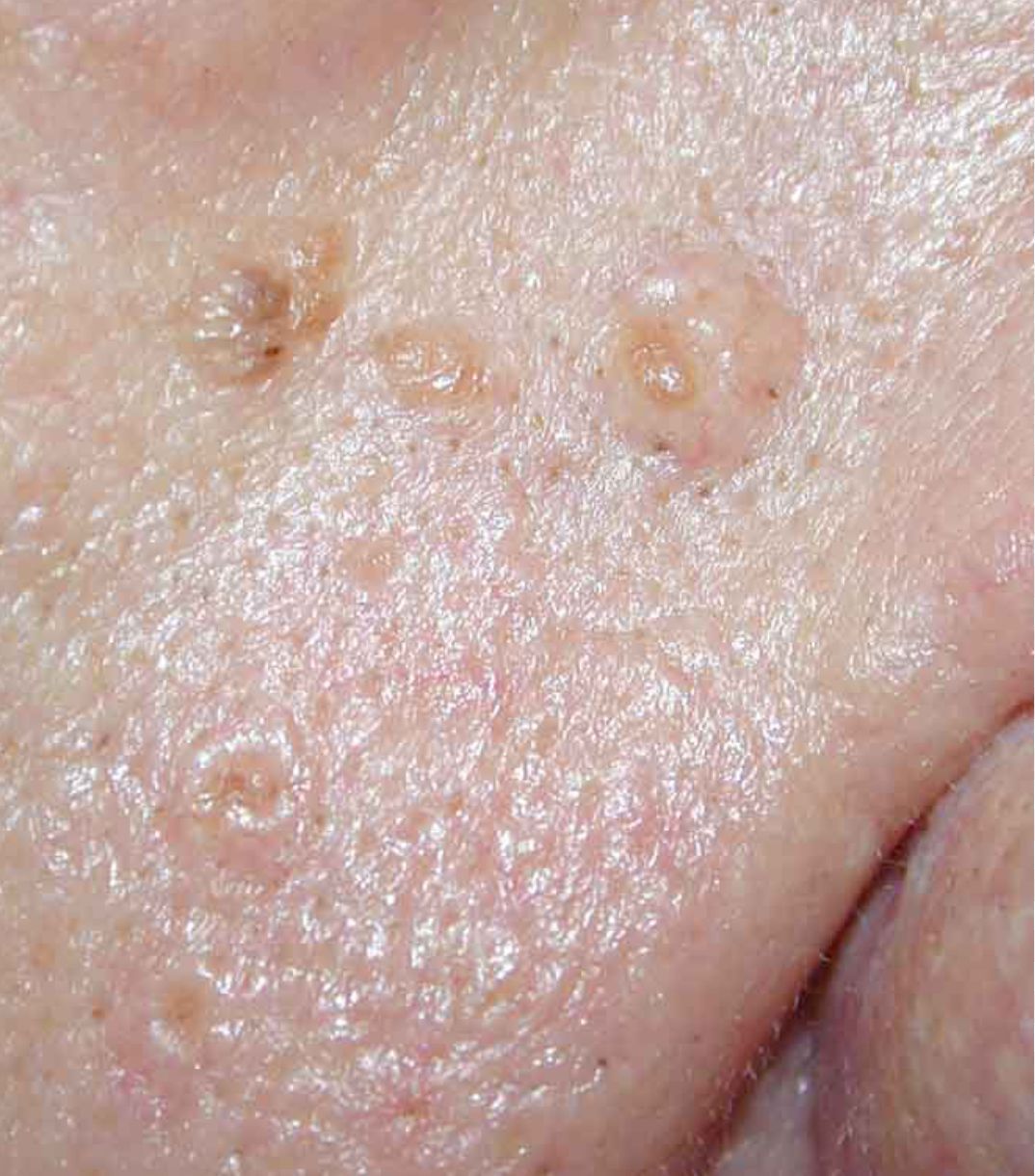
Sebaceous Hyperplasia
Sebaceous Hyperplasia – Identification and available Treatments
Sebaceous Hyperplasia is a lengthy name for a condition that shows itself as one or more small bumps. People who are prone to oily skin most commonly encounter Sebaceous Hyperplasia, though it can affect people of all skin types – especially, we’ve found, shortly after they’ve returned from a holiday in the sun.
The bumps which characterise Sebaceous Hyperplasia may be white, pink, yellowish or no different in tone to the surrounding skin. If you’re unsure whether you have the condition, look for a depressed, dimple-like area in the centre of each bump.
Sebaceous Hyperplasia can appear as a single small bump or a series of bumps. It’s commonly seen on the chin, forehead or chest, all areas of the body close to oil glands.
How we treat Sebaceous Hyperplasia at our clinic
Advanced Electrolysis Clinic’s experienced Practitioners draw on the proven technique of Thermolysis to treat Sebaceous Hyperplasia.
Before your treatment begins
It’s important that the area of skin to be treated is free from any irritation or scabs before Sebaceous Hyperplasia reduction can commence. If you do have any of these problems please be extra careful not to pick or squeeze the affected area ahead of your appointment with us.
Before treatment begins you’ll have a short consultation with an Electrologist who will tell you exactly what to expect, as well as answering any questions you may have.
On the day of your appointment, your Electrologist will cauterise the affected area by applying Thermolysis current using a slender needle. This will remove the blemishes quickly and without lengthy recovery times.
The treatment doesn’t hurt. Instead, our clients often report nothing more than a slight feeling of discomfort. You’ll probably see some small marks where the blemish was previously located. Dry and crusty in texture, they will be gone in no more than 7 to 10 days.
Depending on how extensive the area to be treated may be, your appointment could last anything from 15 to 30 minutes.
After your treatment has finished
It’s quite possible that you’ll notice a little swelling immediately after Sebaceous Hyperplasia Reduction Treatment. The area we’ve treated may also appear redder than usual. All of this is normal and will go away within a day or two. During this time some scabs may form, but this is also nothing to worry about – just the skin’s own way of preventing infection. Simply leave them to come away on their own.
*Disclaimer: All treatments are based on suitability, medical questionnaire and consent. We cannot guarantee the results of treatments. These will differ on an individual basis, with likely effectiveness to be discussed during initial consultation. Permanence of results is not guaranteed.
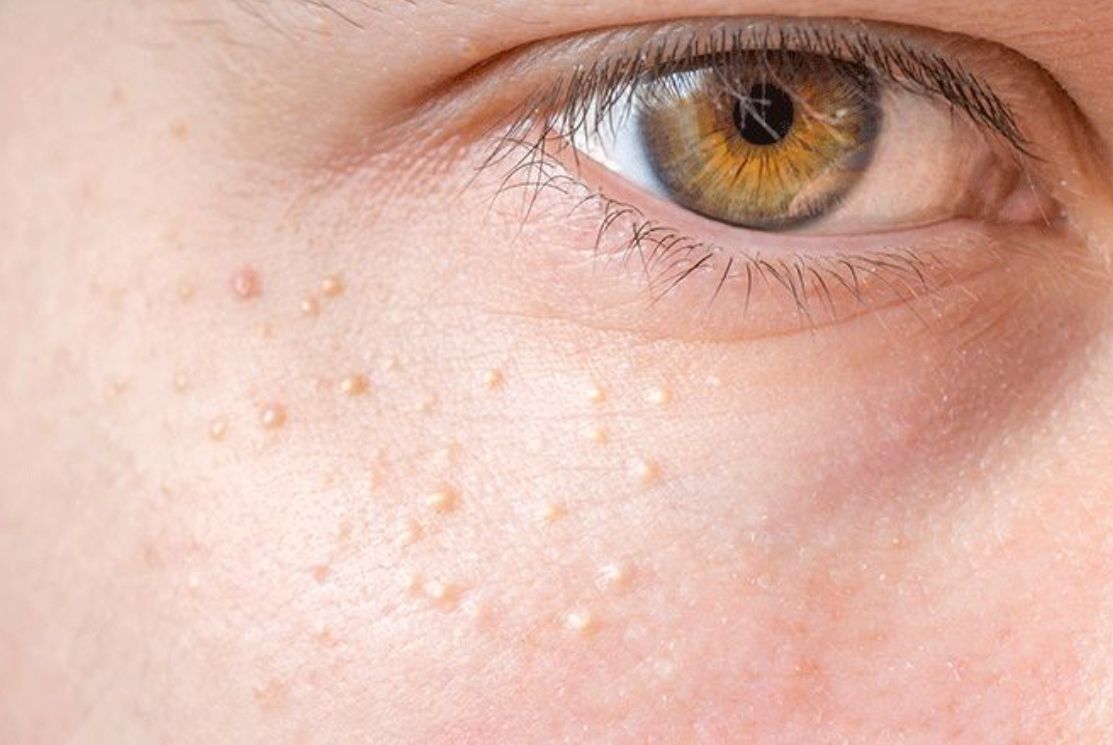
Syringomas
Reducing Syringomas with Thermolysis Treatment
Syringomas – what they are and how they’re caused
A skin condition with an unfamiliar and rather alarming sounding name, syringomas are actually harmless benign tumours. Tiny in size – no more than 3mm in diameter – they’re often formed by an excessive growth of cells in the sweat ducts. Syringoma is often mistaken for Millia, but unlike that condition they are composed of soft tissue rather than harder keratin.
Perhaps the most familiar site for syringomas is under the eye, where they often appear as vaguely cream-coloured bumps. Given the sensitivity of this area, any Syringoma Removal or Reduction Treatment has to be carefully carried out by trained Practitioners.
How we treat Syringomas at Advanced Electrolysis Clinic.
Before treatment can begin, it’s important that you attend a brief consultation with your Electrologist. This is to ensure that Syringomas really are present, rather than some other skin condition which has a similar appearance.
We’ve found that applying a low Thermolysis current provides highly effective treatment to shrink or remove Syringomas. Here at our Yorkshire clinic, your Electrologist will use a slender needle to direct the current to the affected area. Our clients tell us that they experience nothing more severe than a little mild discomfort during this process.
You may notice a little swelling as a result of your treatment, with the formation of small scabs, but all of this is quite normal and will clear up within a couple of weeks.
Treatment normally takes just 15-30 minutes, depending in how severely the area may be affected. We’d recommend that each eye is treated at a separate appointment.
*Disclaimer: all treatments are based on suitability, medical questionnaire and consent. We cannot guarantee the results of treatments. These will differ on an individual basis, with likely effectivity to be discussed during the initial consultation. Permanence of results is not guaranteed.
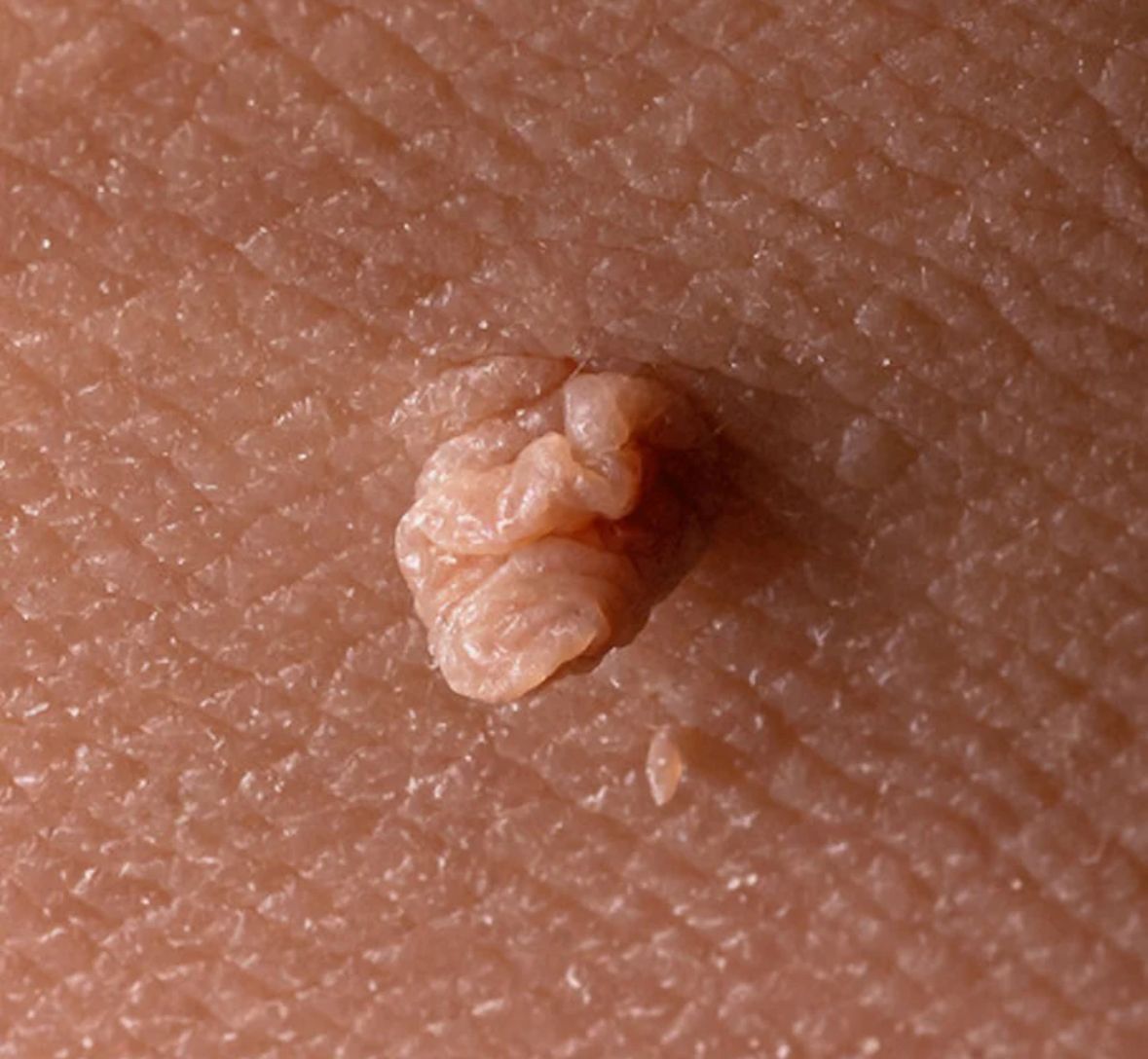
Skin Tags
Skin Tag Removal Treatment
Most of us are familiar with those annoying little blemishes known as Skin Tags. Although we recognise that they’re not dangerous – and are relatively unobtrusive when small – none of us likes it when Skin Tags become caught in jewellery or rub on clothing. They can also become unsightly if they’re left to grow to a larger size, by which time they can be real nuisance – not to mention more difficult to remove.
Why we get Skin Tags and how we use Electrolysis to treat them
Some people are more prone to develop Skin Tags than others, simply due to genetics. They can, however, be caused by frequent rubbing against the skin. Jewellery is the major culprit here. They begin as nothing more than a small area of loose skin which can grow bigger unless treated early, with their shape and size varying considerably from one Skin Tag to the next.
What to expect during your Skin Tag Removal treatment
Your Advanced Electrolysis Clinic Practitioner will use electrolysis to remove Skin Tags. This is a simple, highly effective process during which a slender needle is used to cauterise the Skin Tag. The blemish disappears almost immediately and your skin will return to its normal appearance extremely quickly.
Our clients tell us that they experience nothing more than slight discomfort during this process. You’ll probably notice small scabs or some dry red marks following your treatment. These will be small in size and won’t persist for more than 7 to 10 days. You will be left with no scarring – and, of course, there will be no sign that the Skin Tags were ever there to begin with.
When you may need more than one treatment
The number of treatment sessions you will need depends on how many Skin Tags are being removed. Before treatment begins, you’ll attend a short medical consultation with your electrologist who will let you know how everything will proceed. This type of electrolysis treatment is suitable for people of all skin types and the results tend to be highly successful.
Disclaimer: all treatments are based on suitability, medical questionnaire and consent. We cannot guarantee the results of treatments. These will differ on an individual basis, with likely effectiveness to be discussed during initial consultation. Permanence of results is not guaranteed.
